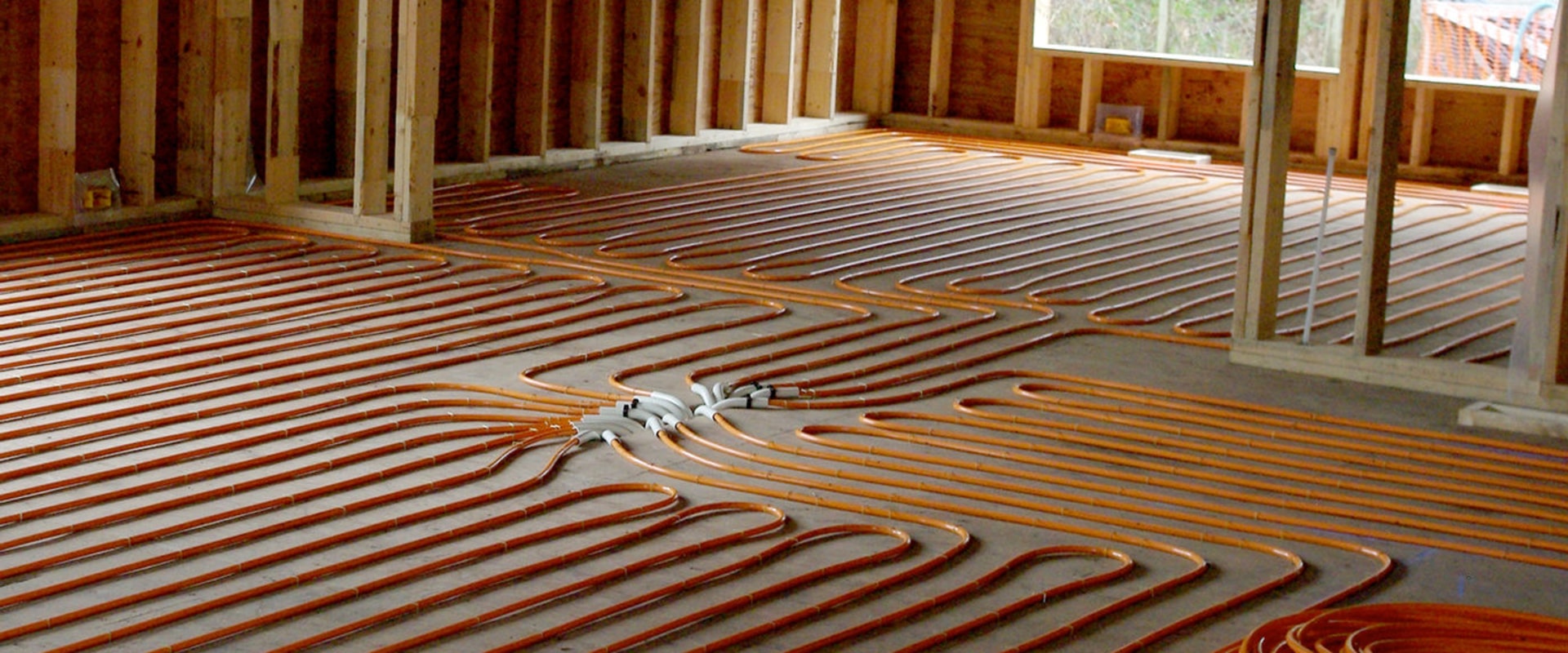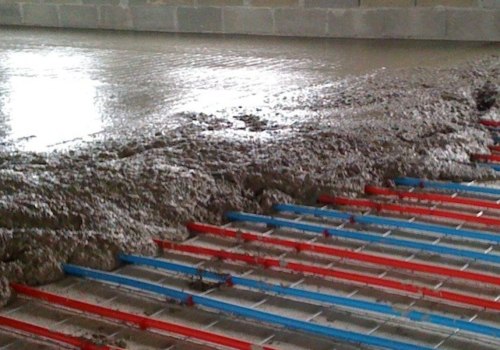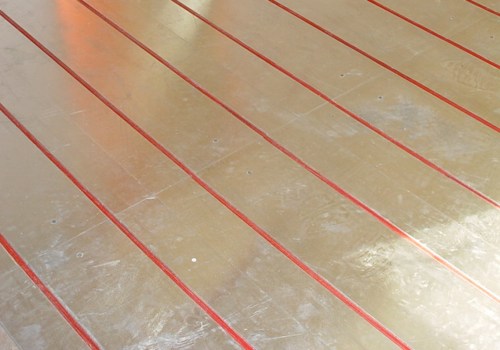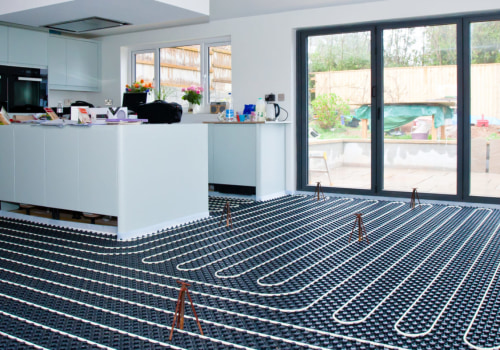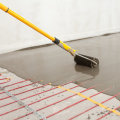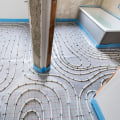Installation is fast and incredibly energy efficient. An electric underfloor heating system uses electric heating cables to heat floors. Electrical systems are also cost-effective and less expensive to install (compared to other heating systems), especially if long-term electricity costs are taken into account. Electrical systems also don't require ongoing maintenance.
They are installed and ready to go. Ceramic or porcelain tiles are great options for floors rather than radiant heating systems. Natural stone is also a good choice. These materials work practically the same way as a concrete slab, absorbing and helping to distribute radiant heat in the room.
Since tiles and stone are adhered to subfloors with fine mortar, there is no insulating barrier that can prevent heat from efficiently entering the room.
Underfloor
heating systems are energy efficient and do an excellent job of providing sustained and reliable heating for your entire home. Installation costs can vary wildly, depending on whether you choose a dry or water-based system, the number of rooms you want to heat, whether you are installing a newly built house, an extension or an old building, and the type of floor you have. It is often a good idea to install electric underfloor heating in a small, individual area, such as a bathroom or suite, where it can be difficult to install wet underfloor heating.Professional installers make an estimation of the heating load of the house to design the most efficient radiant heating configuration possible. You may not know that wet underfloor heating does not have to be installed at the new construction stage. The convenience and cost savings of running the system on your heating bills will work in your favor in the long run.
Underfloor
heating is the modern heating solution: it creates the perfect temperature, which makes you feel warm and comfortable from the moment you enter the room.If you live in a well-insulated home and want to take your heating system to the next level, one of the best ways to maximize its efficiency is to combine it with a renewable heat source. The insulation of the floor will create a thermal break between the subfloor and the finished floor, significantly reducing heat loss downwards. The ultralight 3-in-1 insulation is the first insulating board designed for use with underfloor heating systems. Unlike a gas or oil boiler, which heats water between 65 and 85 °C, a heat pump generates hot water of about 40 °C.
However, wet underfloor heating systems are 30% more efficient than radiators, as they distribute heat evenly at a lower temperature. In an existing house, although definitely manageable, it can be harmful to switch from radiators to a floor heating system.
